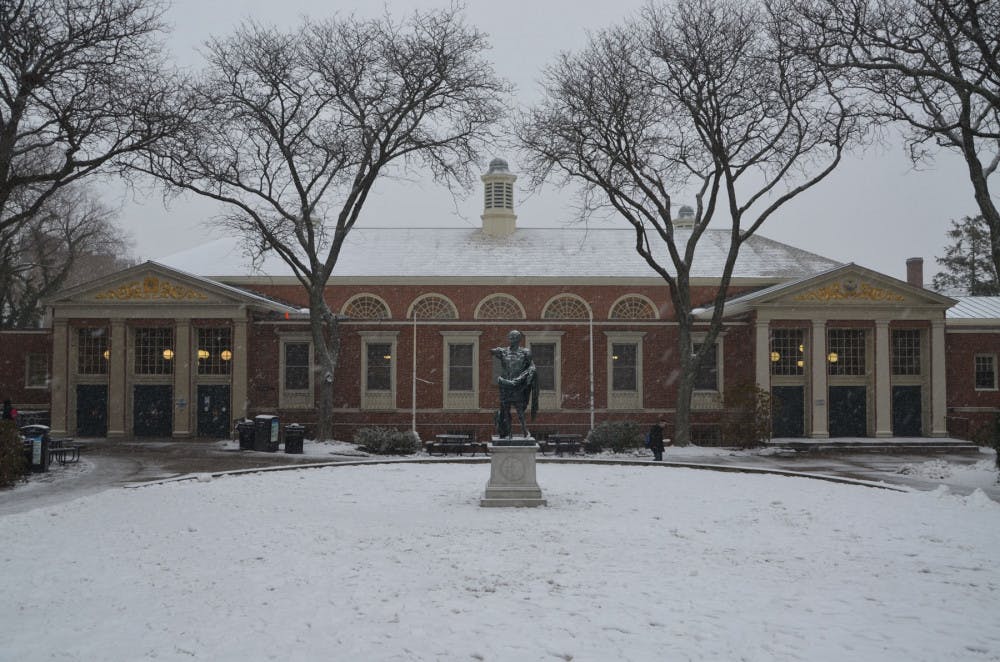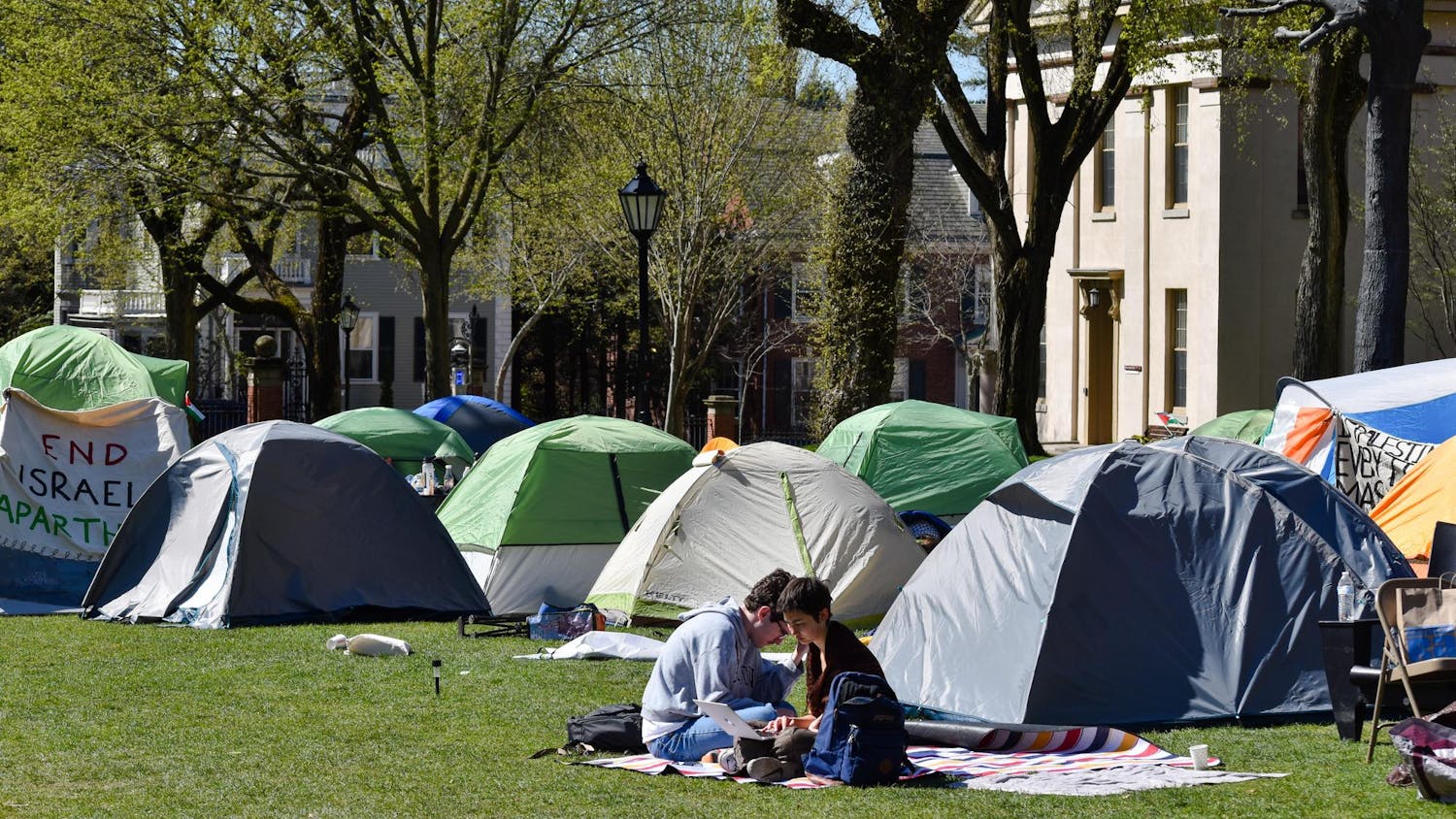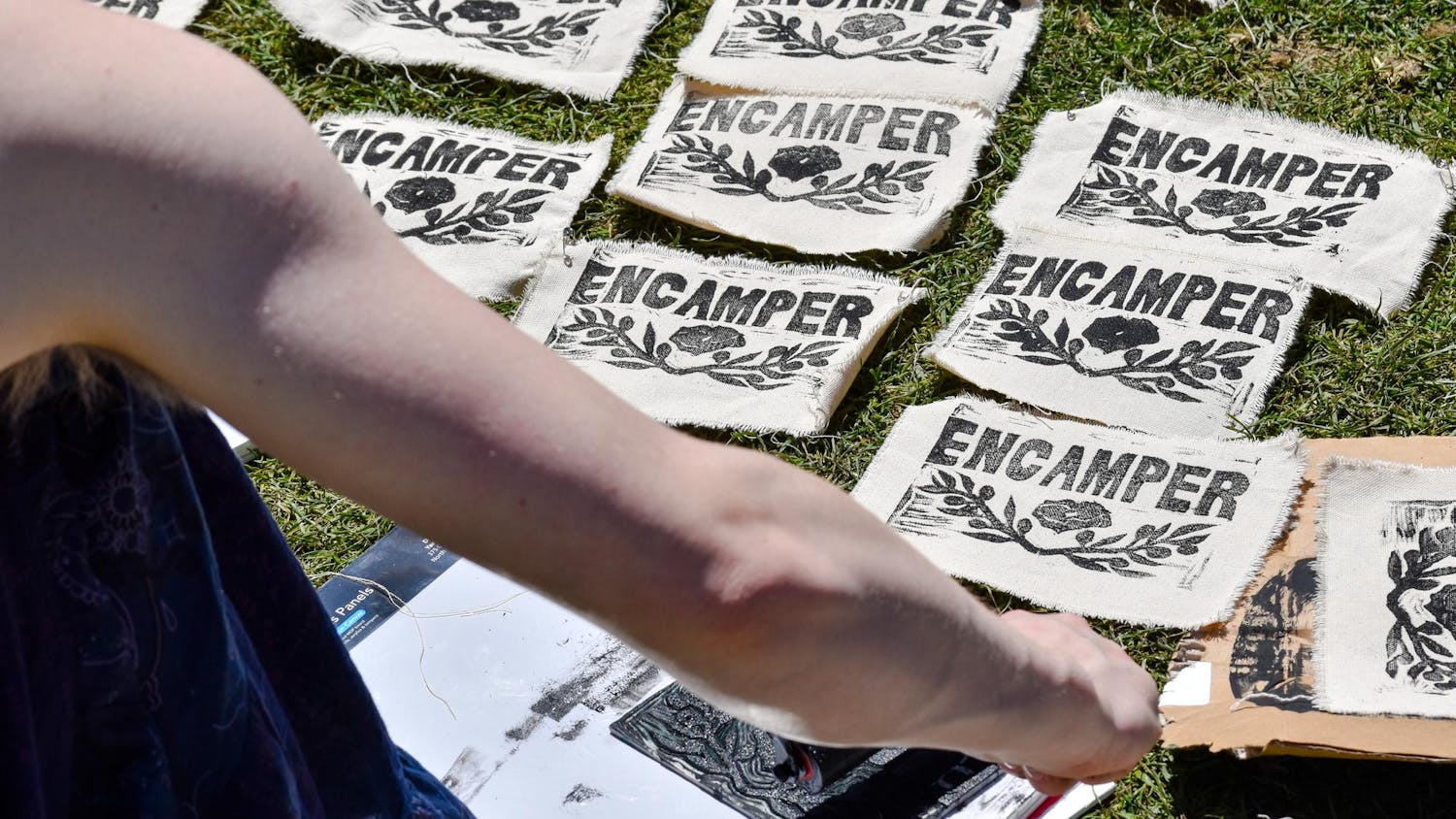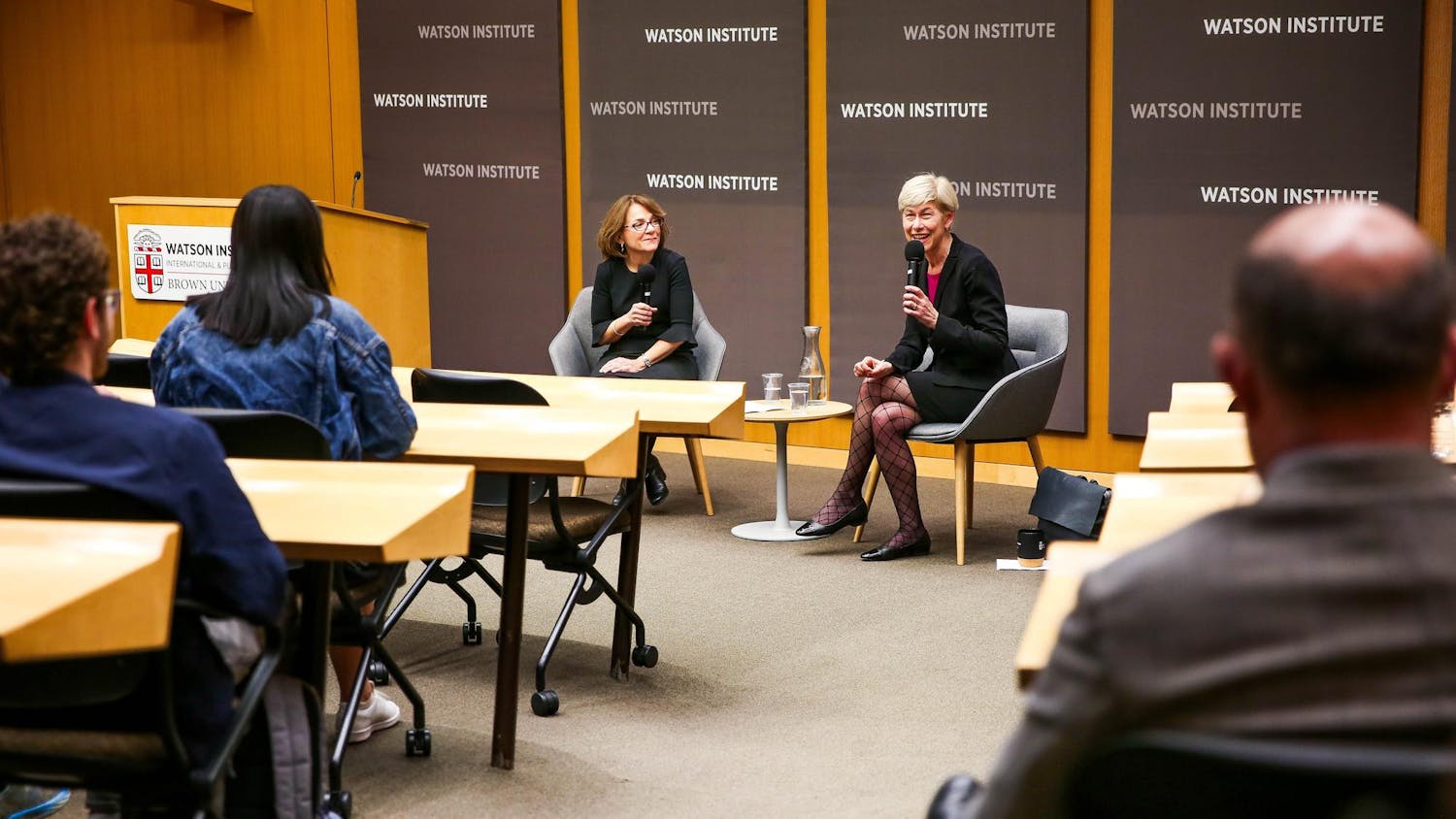The Sharpe Refectory is set to receive several upgrades as part of campus planning efforts outlined in President Christina Paxson’s P’19 strategic plan, but a timeline remains undecided, administrators said.
Administrators envision the Ratty becoming “more of a modern dining experience, rather than a 1950s cafeteria,” Provost Vicki Colvin said. The Ratty renovation is projected to be one of the University’s most expensive undertakings, because all the “guts” of the building need to be updated, she added.
“The infrastructure of electrical, plumbing, heating and ventilation would need an upgrade,” said Richard Bova, senior associate dean of residential life and dining services. The food delivery model is also outdated, and updating it would allow the Ratty to serve fresher meals, he added.
The Ratty has not been renovated in more than 50 years, and its capacity to prepare food also strains to match its seating capacity said UCS President Maahika Srinivasan ’15.
The Office of Residential Life has held student focus groups and administered student surveys to pinpoint undergraduate desires for the renovation, Bova said. Some of the key findings were that students would like meals to be “prepared in front of them” using “the freshest, most locally sourced” ingredients that they could select themselves, he added.
Srinivasan said she is often bored by the culinary offerings, noting that “we’re looking at four days in a row of serving grilled cheese.”
One proposal Bova articulated at a UCS meeting last year involves adding different types of cuisine to more stations, Srinivasan said.
Bova also suggested creating a seating plan that would allow students both on and off meal plan to sit together, she said.
Within UCS, Srinivasan has been considering how to provide seating that “accommodates many people’s needs,” she added.
The University could also move food preparation facilities off site, Bova said. But administrators will most likely not execute that particular change because of monetary costs, as well as the environmental toll of transportation, Colvin said.
One of the largest questions facing both the administration and the student body centers on the Ratty’s role in student life.
There is debate over whether the Ratty should be remodeled to attract both underclassmen and upperclassmen — who are often off meal plan — or to strengthen its appeal for first-years and sophomores, Colvin said.
This debate is especially relevant at Brown compared to peer institutions, she said. “So much of the social life of students is actually being defined by their extracurriculars or their classroom environment. At other institutions, like Princeton, it’s all about the eating clubs.”
The overhaul of the Ratty will follow the closure of the eatery the Gate and the rejuvenation of Andrews Commons.
So far, none of the proposals to renovate the Ratty have been implemented. But “we’ve been talking about doing something with the Ratty for a long time, and people are looking to move with this,” Srinivasan said.
A previous version of this article stated that the cost of renovating Andrews Commons was $56 million. In fact, that figure is the total amount for a two-year renovation of residence halls and dining facilities. The Herald regrets the error.





